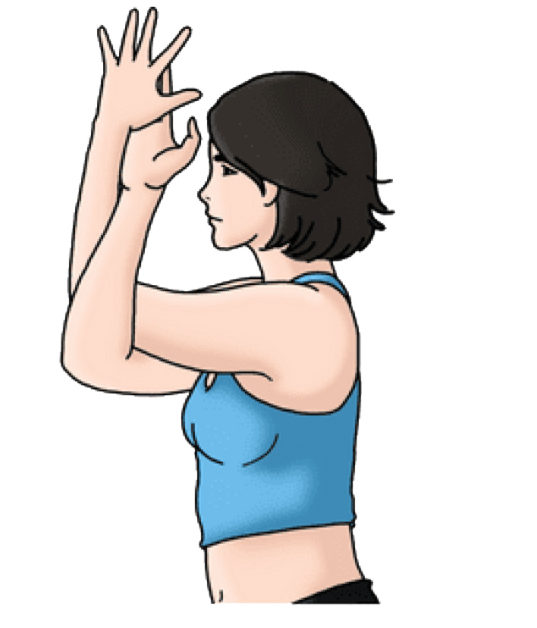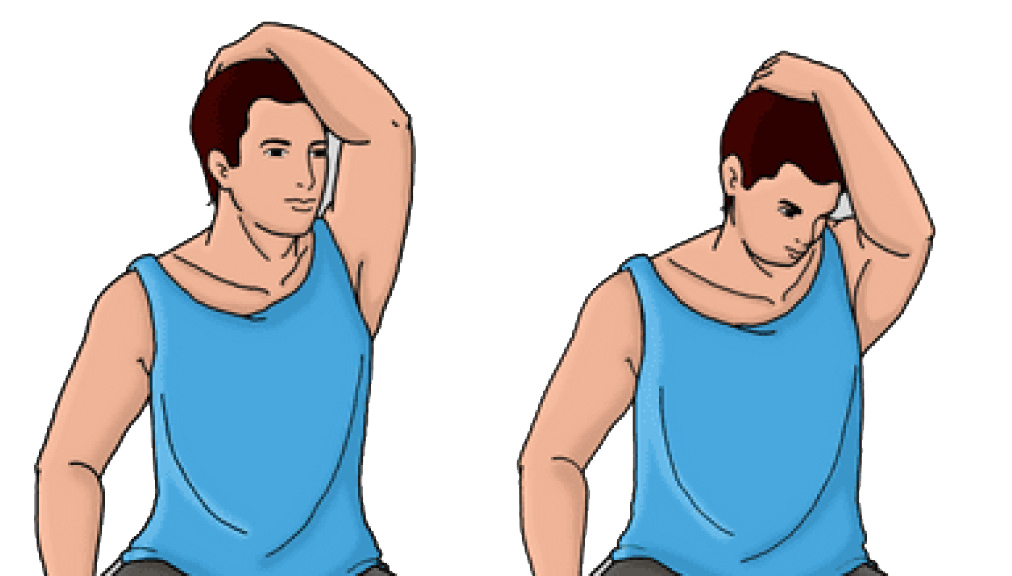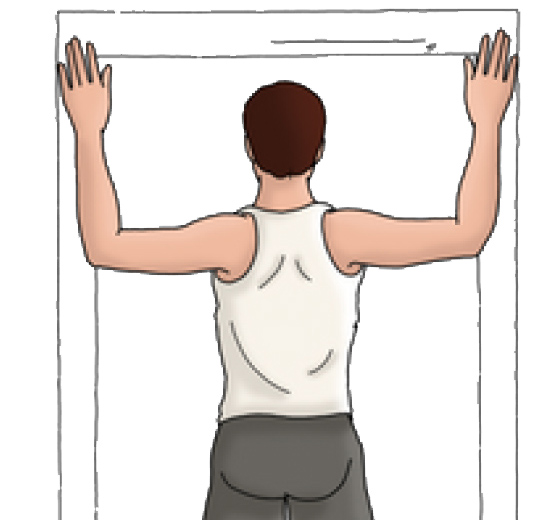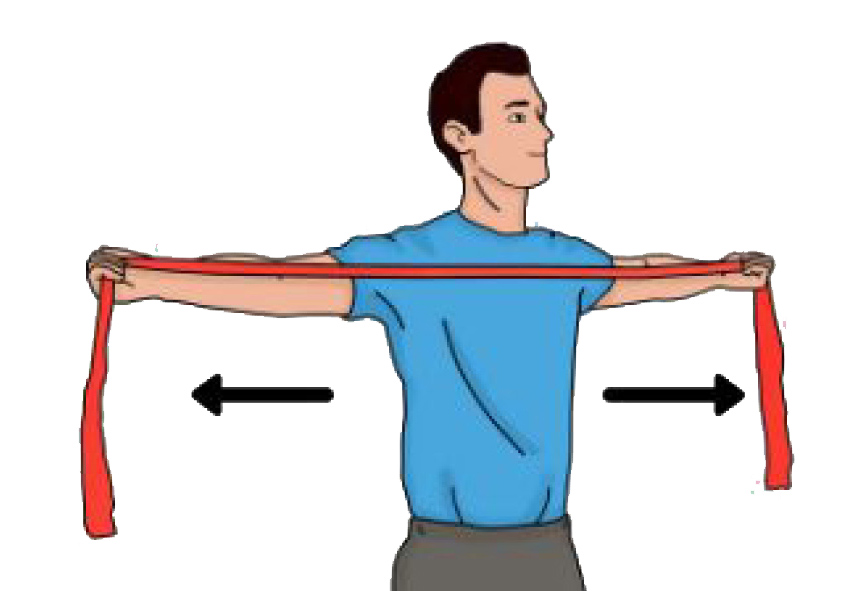If no one is looking, do you slouch in the office chair? Are you hybrid working, do you have the right set-up to keep your seated posture nice and even?
How does Poor Posture cause pain?
Slouching over the desk or rounding the shoulders when texting can mean that certain muscles are overused while other muscles aren’t working enough.
- Forward head posture will mean the weight of the head is being held by the muscles of the neck and back with less work being done by the skeleton. That’s 4.5-5 kilos, so it will definitely make the muscles work hard!
- Rounding your shoulders means the muscles of the chest will be less used and the thoracic back muscles will be stretched. If you maintain this for long enough the body will adapt and you’ll become round-shouldered.
What does pain between the shoulder blades feel like?
If you’re starting to experience upper back pain between your shoulder blades, also known as interscapular pain, you’ll be noticing a feeling of constant dull ache on one or both sides, this suggests that you are overstretching the muscles of the upper back. If you decide it’s not that bad yet, think again, it will get worse if you leave it – take a break and whilst the kettle is boiling for your morning or afternoon brew try a few simple stretches.
I have also included a link to the NHS website which has more brilliant and in-depth advice. As I often say, if the stiffness in the muscles eases off with movement then it’s a muscular issue, if not then please seek your doctor’s advice: https://www.nhs.uk/conditions/back-pain/treatment
Shoulder Blade Stretch
This will stretch the rhomboids and deltoids area, so that’s literally between the shoulder blades.

How to do it:
- Place right elbow on the left elbow
- Now take your left hand and interlace it around the right arm
- In this position, you can apply more pressure to feel your upper back opening
- Hold the end position for 20-30 seconds
- Repeat on the other side
Upper Trapezius Stretch
If you have been working on the computer for a long period and perhaps your desk is a little too high you’ll probably have been lifting your shoulders, towards your ears, putting a strain on the upper Trapezius muscle.

How to do it:
- Begin in a seated position in a chair
- Place your right hand over your head on the left side of your head
- Gently pull your head towards your shoulder
- Hold the end position for 20-30 seconds
- Repeat on the other side
Levator Scapulae Stretch (Neck Release)
This exercise stretches and releases the Levator Scapulae muscle which runs from the neck to the shoulder blade. Another way to stretch this is to lie on the sofa and let the arm of the sofa push into the back of your head, thus tipping the chin forward to your neck. It’s a cheeky little fix I do when no-one else is around:) It makes you look a bit like you have a double-chin. The longer you can stay there the better!

How to do it:
- Begin by sitting in a chair in an upright posture.
- Place the right arm on the back of the head
- Now, turn your head to the right (Towards right shoulder)
- Now bring your head down, as if you’re looking down at your armpit.
- You can intensify the stretch with the hand on top.
- Hold this stretch for 20-30 seconds.
- Switch sides and do this stretch on the left side.
Pectoralis stretch
We’ve addressed the overstretched muscles of the back, so now you’ll need to open up the chest muscles, as they have become lazy and less engaged. It’s important to stretch pectoralis major and minor muscles to bring you back into the correct posture.

How to do it:
- Begin placing 2 arms on both sides of a door frame at a 90-degree angle. If you can’t reach with bent arms, then straighten them.
- Now step forward through the door with one leg and apply pressure
- Avoid sticking your head forward, or arching the low back
- Hold this stretch for 30 seconds
- Aim for 3 repetitions of this stretch
This will probably feel the best of the lot!
Scapular Retraction (Using Resistance Bands)
Ok, now we’ve got the muscles to relax and give up the bad posture, let’s build a little strength in the muscles between the shoulder blades.

How to do it:
- Using a resistance band get a comfortable tension for you to be able to stretch it out across your chest. Don’t be fooled into thinking it’s easy, you’re going to do a set, so keep it fairly loose tension.
- Repeat slowly, completing a set of 10-15. Build up to 3 sets gradually.
What you will now be feeling is that dull ache between the shoulder blades, that is similar to what you had when you started! The thing is though, is that we are now exercising these muscles, so there’s blood flowing into them, which would have been restricted before. We are also strengthening them so they are better able to cope with another day at the home-office tomorrow.
Best wishes folks, stay healthy and happy and I’ll see you on the other side:)
